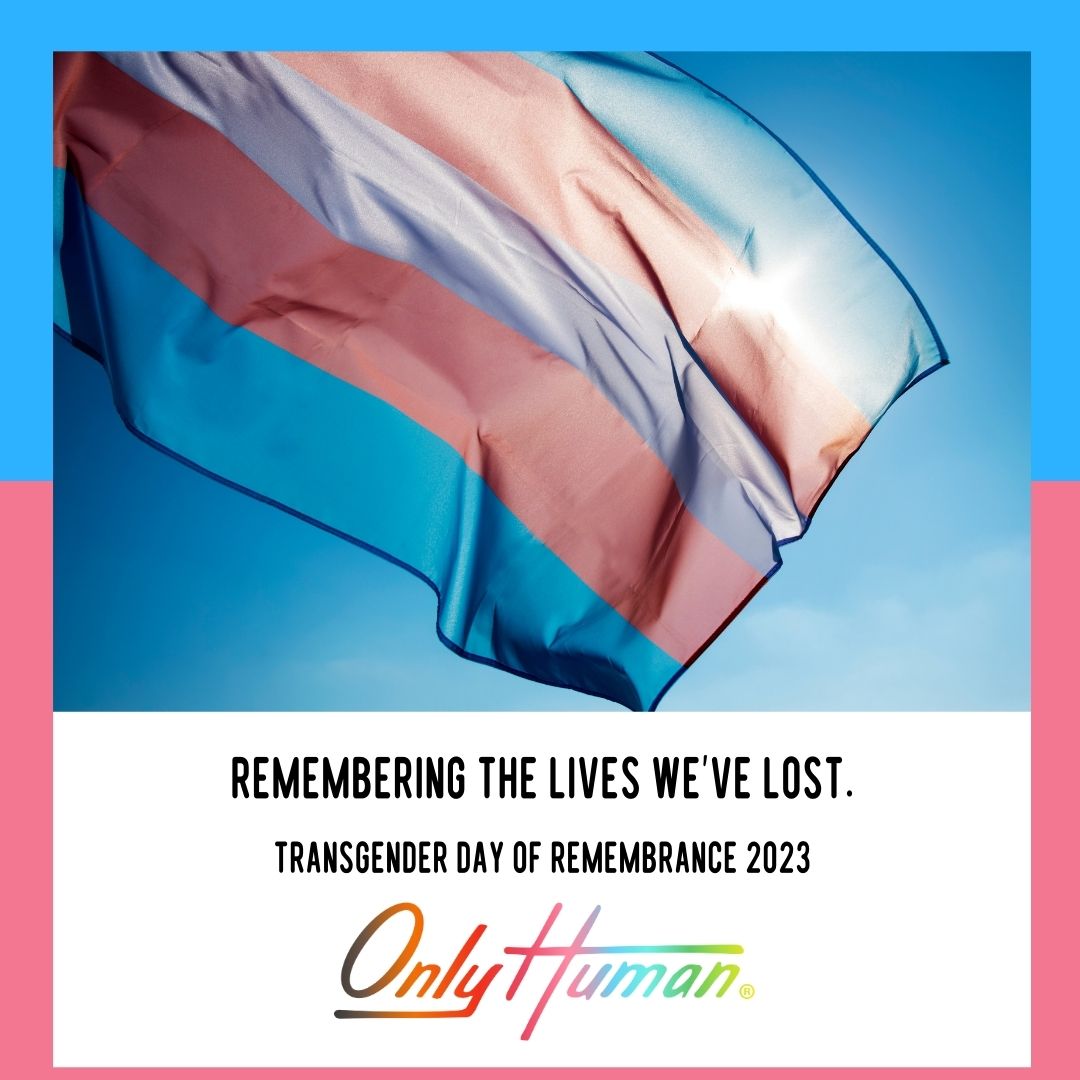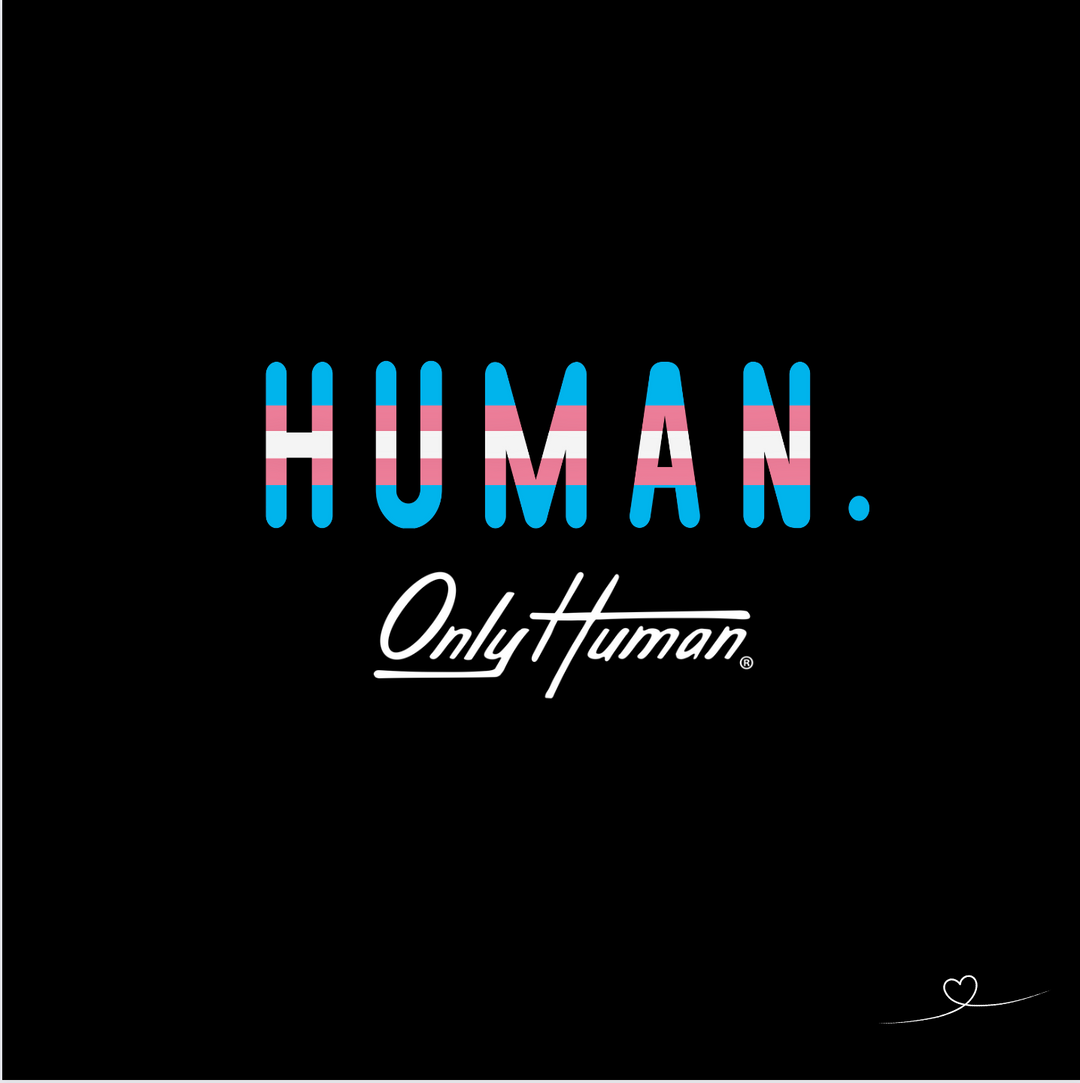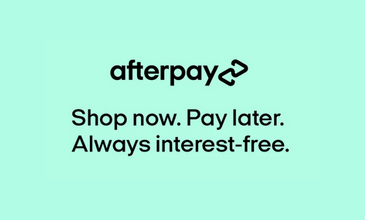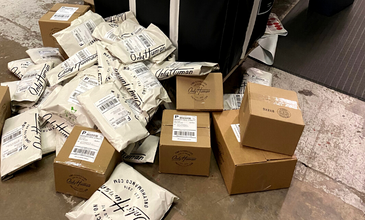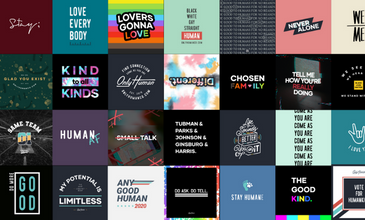Using Gender-Inclusive Language With Youth

Mapping social change is like contact tracing. An idea moves from one person to their close friends and family, then spreads to neighbors, classmates, or colleagues before reaching the greater community. We all have spheres of influence, and recognizing the ears, hearts, and minds we have access to is one of the greatest tools we have for social change.
It can be daunting to think about how, as an individual, I can deconstruct systemic oppression and bias. What can I do to fight the pandemic of police brutality, violence against trans folks, the increased assaults against Asian Americans? How can my actions matter enough to change all that needs to be rebuilt and reimagined? The paralysis that comes from this train of thought is in itself something to battle against, and considering my spheres of influence is one of my most relied upon tools.
Perhaps I can’t convince every person to wear a mask or examine their racial identity, but the people I am connected to? That’s a whole different story. That includes every student and teacher I work with, every participant in a poetry reading, every reader of my book. My sphere of influence includes my Instagram followers, the readers of this blog, the neighbor I talk to about gender and finding words that fit. Focusing on the messages I send and the conversational practices I follow with all of these people is my way of fighting against the -isms, one way of doing my part.
The messages I send to young people feel especially important. The American Academy of Pediatrics suggests that children start processing identity differences at 6 months old. Before most kids can talk, they are learning that people are treated in different ways. Even if a parent practices acceptance and open-mindedness at home, their kids are exposed to the messages of bias all around them. It is not enough to say that we are “color-blind” or that we don’t care about the gender or sexuality of our children. Being anti-racist is more pro-active than that. We need more than our good intentions. We need intentional gender-inclusive language that is consistent and genuine to foster a sense of freedom. Only then can children discover who they are without the restrictions of the gender binary.
It is well noted by this point that the books we read to children play a huge part in fostering this sense of freedom. Books can reflect a part of a self that has yet to be articulated, and help people feel validated and seen. It gives me such joy and hope knowing that the list of LGBTQ stories and gender expansive books grows every day. There are more and more resources on the need for gender expansive sex education and how to support LGBTQ+ students at school. We know now that teaching students about the gender binary actually helps reduce sexism and misogyny. But how can we embed our activism into our everyday? How can our words signal acceptance for all that a child might become?

Using a child’s preferred pronoun or name has a profound impact on their mental health. At the beginning of every school year, I ask the teachers I work with to open their first day of class by introducing themselves with gender pronouns and inviting the kids to do the same. “Why do we need to do this?” they ask. What about the non-binary or transgender students who don’t want to out themselves? Isn’t this dangerous for the kids we’re trying to protect? How do you address the student who says that they don’t care what pronouns they are called? How do you support the kids who feel invalidated and erased by comments like these?
I’m grateful for the time we have before the school year starts for us to grapple with these questions. A teacher’s discomfort can easily spread to the students and other teachers in their spheres of influence. I share a sample script for them to fall back on for when the panic of responding sets in. I ask them to practice it at home if they are uncomfortable, in the same way people might have to practice in private when someone changes their name or pronoun.
For the people who state that they don’t care what pronouns they are called, I make a mental note to make sure I talk about privilege and how that could create the luxury of “not caring”. Personally, I highly doubt that they would not care, especially if I started using she/her pronouns for a person who identifies as a man with all its attendant privileges. I’m waiting for the day it feels appropraite to try this out the next time a cisgender man says they don’t care what pronouns they’re called. I wonder how long their ambivalence would last.
If ever I am in a moment when I am talking to a large group of people, I try to use as many gender neutral words as possible. UN Women created this great graphic of gender neutral language and every year, I challenge the teachers I work with to not call groups of people “guys” and try to say “hey folks” or “listen up everybody” when trying to get the attention of a whole classroom. With young children, I challenge myself to use their names as often as possible instead of prescribing a pronoun to them, or use they/them pronouns until they signal that they would prefer otherwise. All of this requires practice in private in the same way it does when I try not to use the word “crazy,” “lame,” or other ableist speech.

It is at once terrifying and liberating to acknowledge the power of language. It is daunting to think that the ways we address people might have profound impacts on their mental health and the possibilities they see for themselves. Fortunately, the words we use are within our control when so much is not. Imagine if we were all to use gender-inclusive language, and all the people we could teach to do the same within our spheres of influence. Perhaps we can’t change the institutions of sexism and transphobia overnight, but our words build our world. We could build a more inclusive and safe world, one phrase, one pronoun, at a time.
Written by Arhm Choi Wild || @arhmcwild





